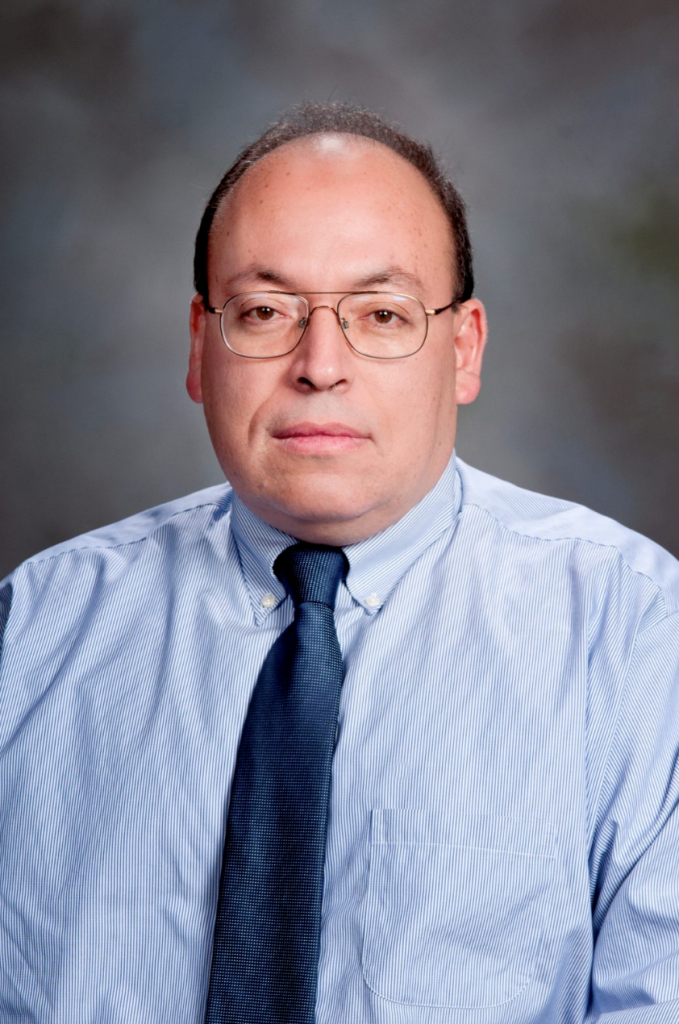Dr. Antonio Trani, from Virginia Tech, was selected as the 2023 recipient of the Frank M. Masters Transportation Engineering Award. This award is given to a member of the Society for the best example of innovative or noteworthy planning, design, or construction of transportation facilities.
Dr, Trani is a professor at Virginia Tech, where he has worked since 1988. His area of research and expertise is airport capacity, airfield and airspace operations and modeling. One of the models that he is responsible for developing, maintaining and updating is the Runway Exit Design Interactive Model (REDIM).
The Runway Exit Design Interactive Model (REDIM) is a model to locate high-speed runway exits at airports using mathematical programming (optimization) methods. It has been used by airport planners and designers worldwide since its development in 1994. Large airports like New York JFK, Charlotte, Mexico City, Hong Kong, London Heathrow, Bangkok, Incheon (Korea) have used this model to locate high-speed runway exits. A high-speed runway exit allows aircraft to vacate a runway faster (reduces runway occupancy time) and hence adds efficiency and, in some cases, adds runway capacity.
The original model was developed between 1992-1994 and was programmed in Basic 7.0 Pro by two graduate students and me (Dr. Trani). Drs. Hobeika (CEE) and Sherali (ISE) also participated in the initial development providing ideas about algorithms. To calibrate REDIM 2.1, we (two Ph.D. students and Dr. Trani) collected 3,125 landings using video equipment at five airports (DCA, IAD, ATL, RDU, and CLT). That was REDIM version 2.1. The program was primitive compared to the capabilities available today. For example, in the original REDIM we had to program the fonts ourselves because the DOS operating system did not have standard fonts to display graphics. The original model was sponsored by the Federal Aviation Administration (FAA) between 1992-1994. In 1994, Dr. Trani also did some high-speed runways exit validations using a Boeing 727-200 FAA six-degree of freedom flight simulator at Oklahoma City. In that experiment and validation, Dr. Trani designed new high-speed runway exits that were presented to pilots landing the aircraft in the simulator (high-fidelity simulator) to test the limits of how fast they could take them. The validation showed some of the features needed in high-speed runway exits to make them more practical. It also showed the limits of the runway exit speeds that we programmed in REDIM 2.1.
Four years ago, the FAA gave more funds to revamp the REDIM 2.1 model. Nick Hinze – Senior Research Associate at the Air Transportation Laboratory reprogrammed the model, did many validations, and enhanced the model giving it a new look (runs in Windows 7, 10 or 11) and many added capabilities. Nick Hinze has done a brilliant job in making the model usable and fast.
We developed REDIM 3 in Phase of the project and REDIM 4 in the second phase of the project that ended in 2022. The new model includes pilot motivation factors and users can define custom runway exits. REDIM 4 is calibrated using 30 million landings (instead of 3,125 of the original) and covers 320 different types of aircraft. The 30 million landing data comes from the Airport Surface Detection Equipment – a type of X-band radar used to watch aircraft traffic at the airport in bad weather conditions. REDIM 3 and 4 were developed as part of the projects with the FAA and the National Center of Excellence for Aviation Operations Research (NEXTOR).
The model is now required by the FAA as part of any cost-benefit analysis of new high-speed projects in the US. It is required according to the latest FAA Advisory Circular 150/5300-13B (Airport Design Document) published in 2022. Many large airport design companies use the model in international projects (i.e., Aeroports de Paris). So we are happy that the model continues to have a good number of industry users.
The REDIM web site is: https://atsl.cee.vt.edu/products/runway-exit-design-interactive-model–redim-1.html
A copy of Dr. Trani Briefings can be found below:
REDIM-Presentation-Industry-Meeting-Feb2_2023_rfs